Trento, at the Galleria Civica the spectacular ceramics of Bertozzi & Casoni in Anthropocene
From March 13 to June 5, 2022, the Trento Civic Gallery will host Anthropocene, a major exhibition by the duo Bertozzi & Casoni, founded in 1980 by Giampaolo Bertozzi (Borgo Tossignano, 1957) and Stefano Dal Monte Casoni (Lugo, 1961) in Imola, and a leading name in ceramic sculpture. Great experimenters and internationally renowned artists, Bertozzi & Casoni represent a distorted reality by paying particular attention to discarded or secondary elements.
Their work is distinguished by technical refinement and a distinct hyperrealist vocation: in the interweaving of natural, vegetable and anthropic elements, they deceive the eye and give life to morphisms capable of breaking out of traditional categories of thought. Matter is used to create cognitive short circuits and to suggest new readings on social, cultural, economic and political phenomena. With veiled irony, Bertozzi & Casoni’s work destabilizes, provoking shifts in meaning and confusion between sign and appearance. Contemplating the present, the artists celebrate its fragilities and the illogical; as if drawn to the transient, the transient, they describe the human condition in what they have called the “epic of trash.” In a galaxy of trash and the superfluous, Bertozzi & Casoni offer reflections on the great issues of contemporary society: from climate change to migration, from consumerism to the destruction of biodiversity. These are all irreversible outcomes caused by human action and have led to the conceptualization of the term Anthropocene, which gives the title to the exhibition curated by Gabriele Lorenzoni.
Regarding Bertozzi & Casoni’s research, curator Lorenzoni writes in the catalog essay, “Bertozzi & Casoni’s works are the triumph of technique, but they are not designed so that the virtuosity exhibited will awe the viewer; on the contrary, they try to be welcoming and to fit into the flow of everyday life, without prejudice to their sometimes provocative, sometimes repulsive, often ironic dimension, in any case always played on the thin border of challenge. To do this, in addition to the aforementioned astonishing technical skill and an innate ability to read the socio-cultural, economic and political phenomena of today’s world, they know how to build continuous and sometimes unexpected bridges to the great tradition of art history, from which they draw with both formal stimuli and cryptic references with both hands, making them an active part of the continuous alternation of high and low, cultured and trivial, that characterizes their poetics.”
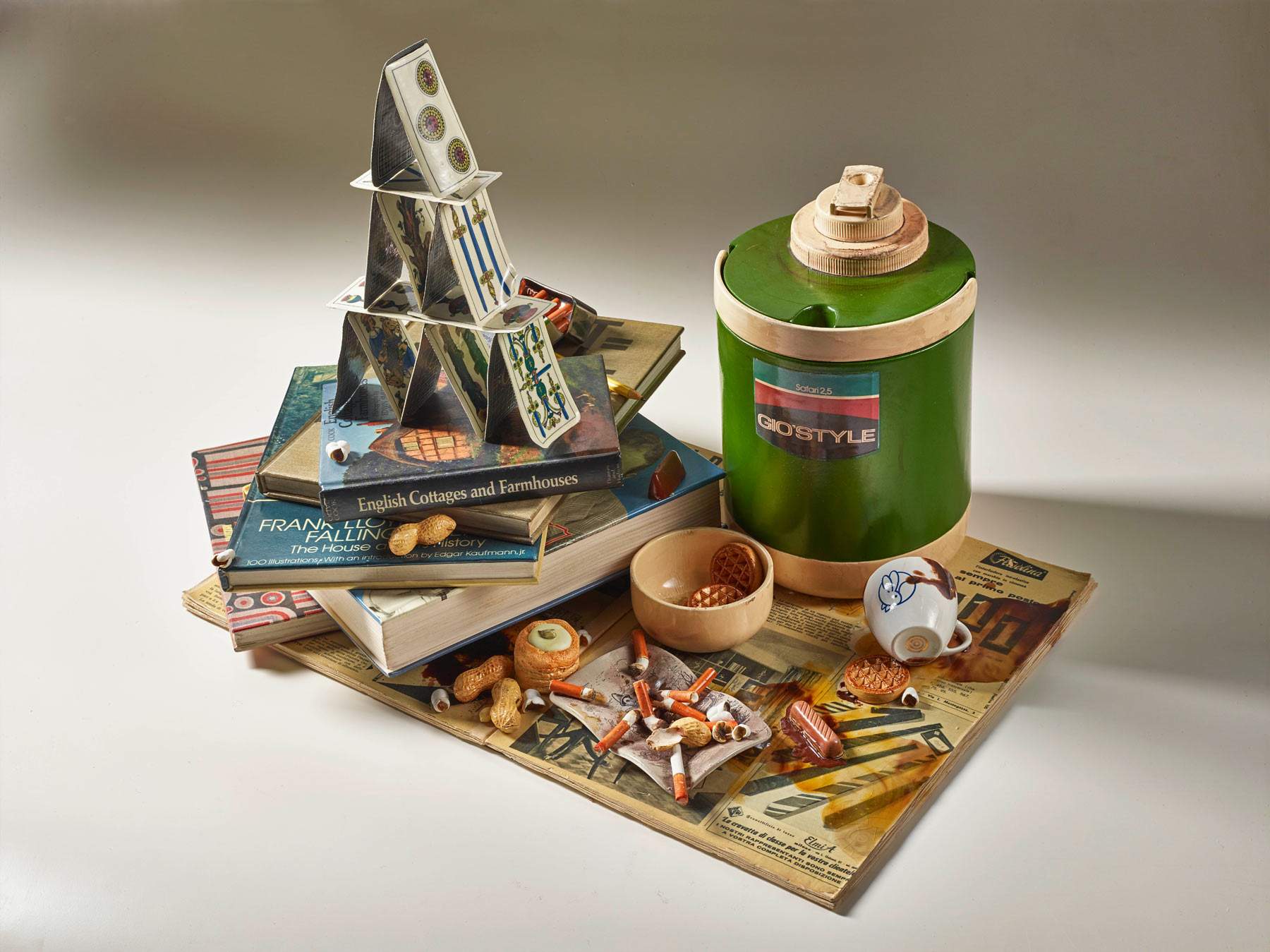
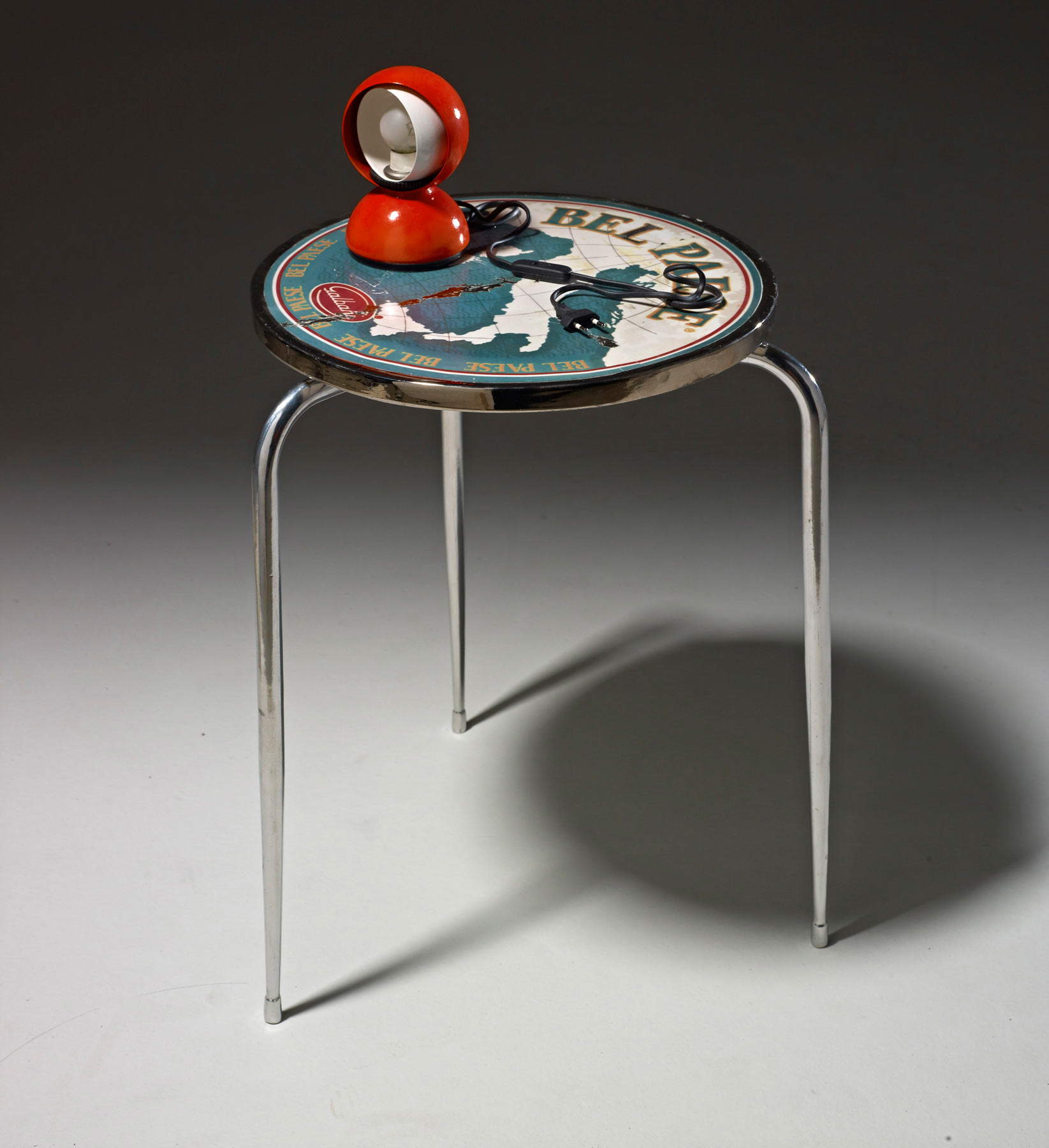
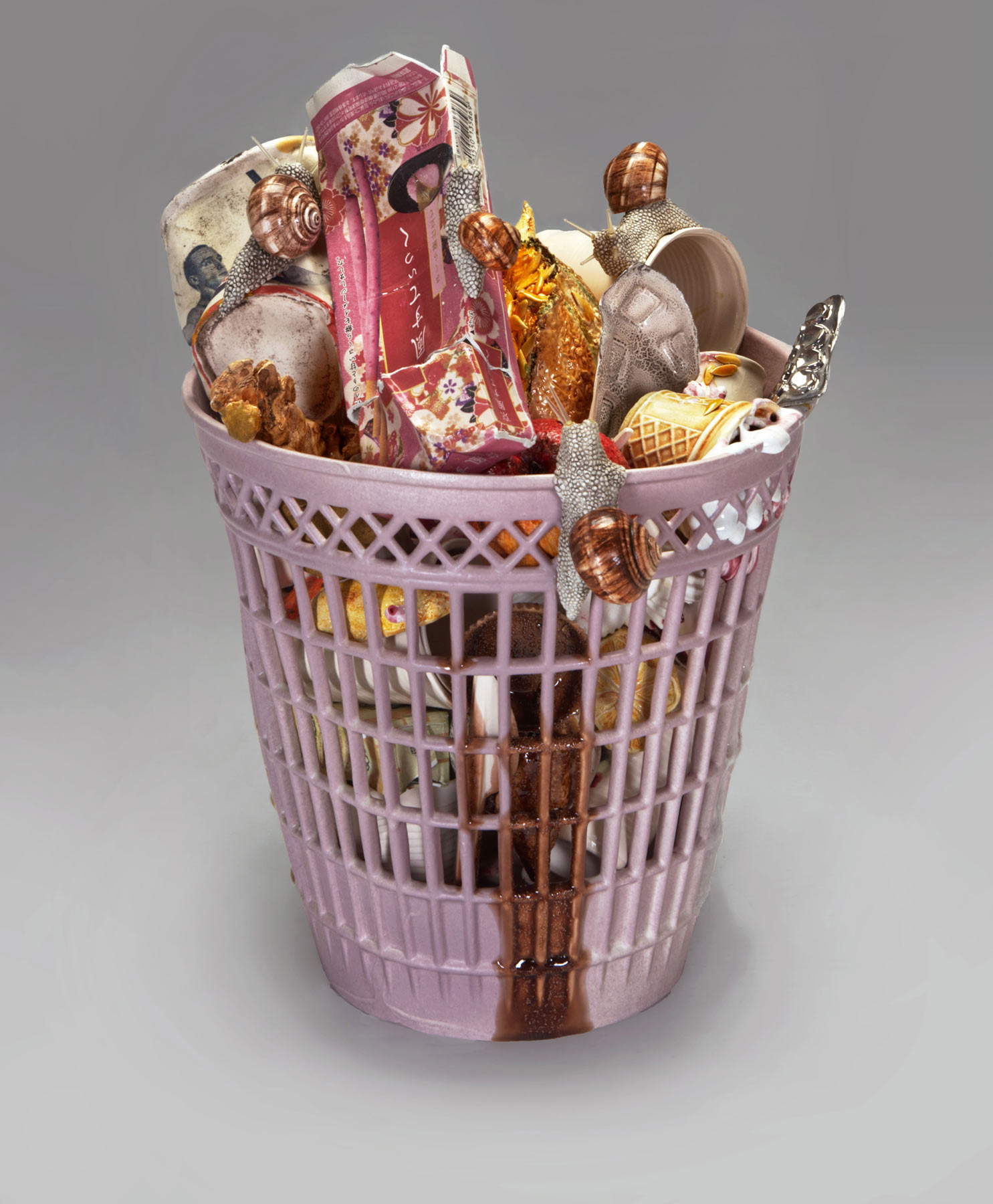
The exhibition.
Among animals, abandoned objects, flowers and fantastic characters, the Trento Civic Gallery presents a rich and articulate exhibition. In the polymorphism of the sculptures it is possible to catch references to art history, cinema, design and everyday life. On display are some monumental works such as Polar bear, The Five Seasons, Pinocchio, Portrait (Mademoiselle Rivière) and Earth! alongside iconic works such as Sparecchiatura, The Basket of Discord and Eggs. Of note is the series of mailboxes named 13 Holes, a previously unseen work.
The exhibition unfolds along four monographic sections on Bertozzi & Casoni that are interwoven with four thematic comparisons:ì the work of the ceramists dialogues with a careful selection of works by great masters belonging to the Collections of the Mart in Rovereto, such as Lucio Fontana, Fausto Melotti, Giorgio Morandi, Thomas Demand, Clegg & Guttmann and Adalberto Libera. The first confrontation involves Lucio Fontana and Fausto Melotti in a reflection on ceramics as a medium, no longer a minor discipline destined for the ornamental arts but, finally, painted sculpture, suitable for contemporary forms of experimentation. The protagonist of the second dialogue is Giorgio Morandi to whom Bertozzi & Casoni dedicate a cycle of works. To create them, the two studied the models the painter used for his paintings, three-dimensional objects present in the Morandi Museum in Bologna.
Then it is the turn of photography, a language represented by artists Thomas Demand and Clegg & Guttmann, who circumscribe portions of everyday reality in their shots. The last juxtaposition is with Trentino architect Adalberto Libera, one of the leading exponents of Italian Rationalism to whom the Mart dedicated a major exhibition in 2013. Bertozzi & Casoni selected a pair of pictorial works by the architect and on this basis created two site-specific works, tributes that celebrate the figure of Libera and the Mart’s Collections. Based on an idea by Vittorio Sgarbi and curated by Gabriele Lorenzoni, the exhibition is produced in collaboration with the Bertozzi & Casoni Museum in Sassuolo. The catalog accompanying the exhibition includes a critical contribution by Daniele Capra and a poetic text by David Riondino.
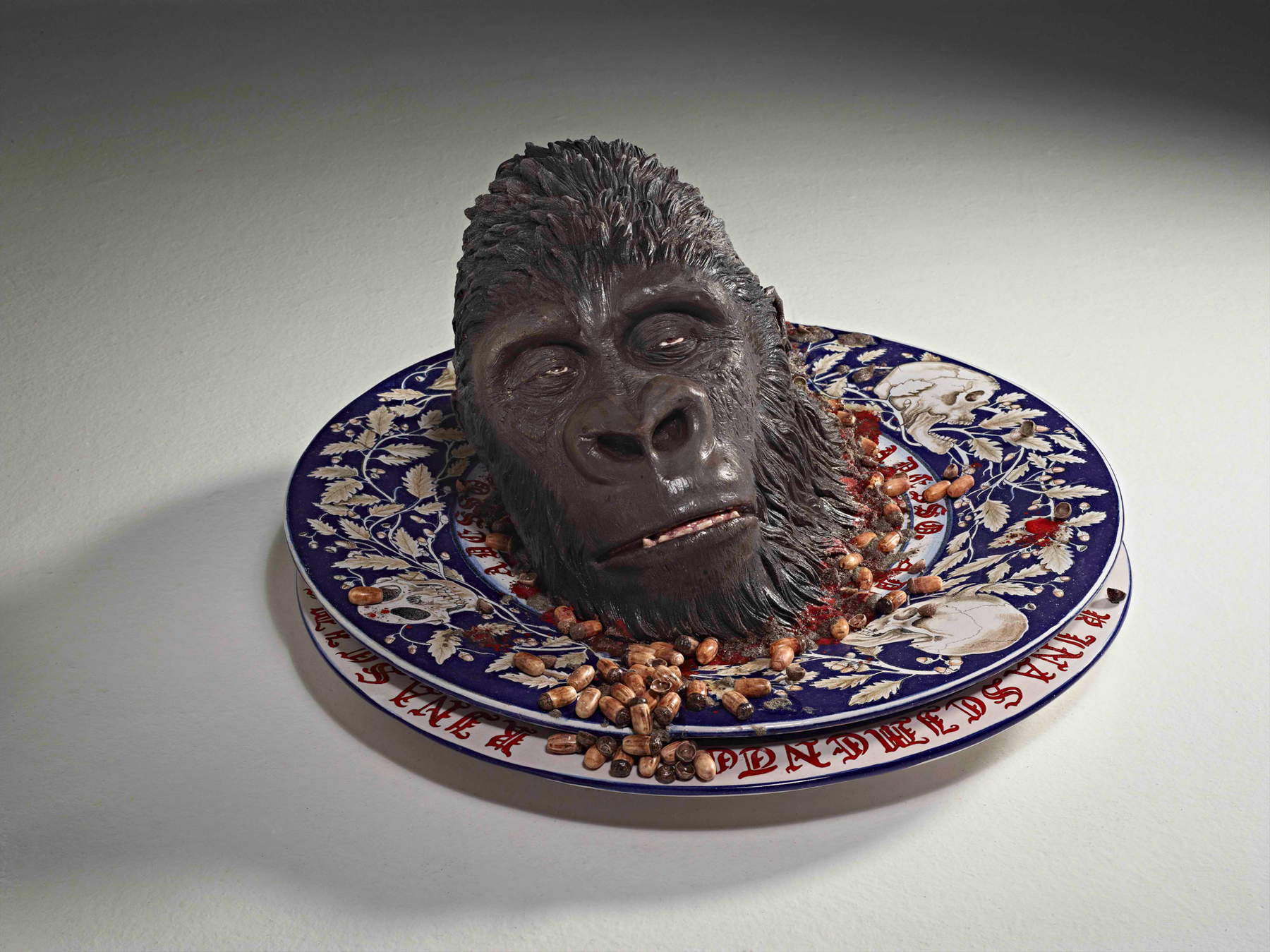
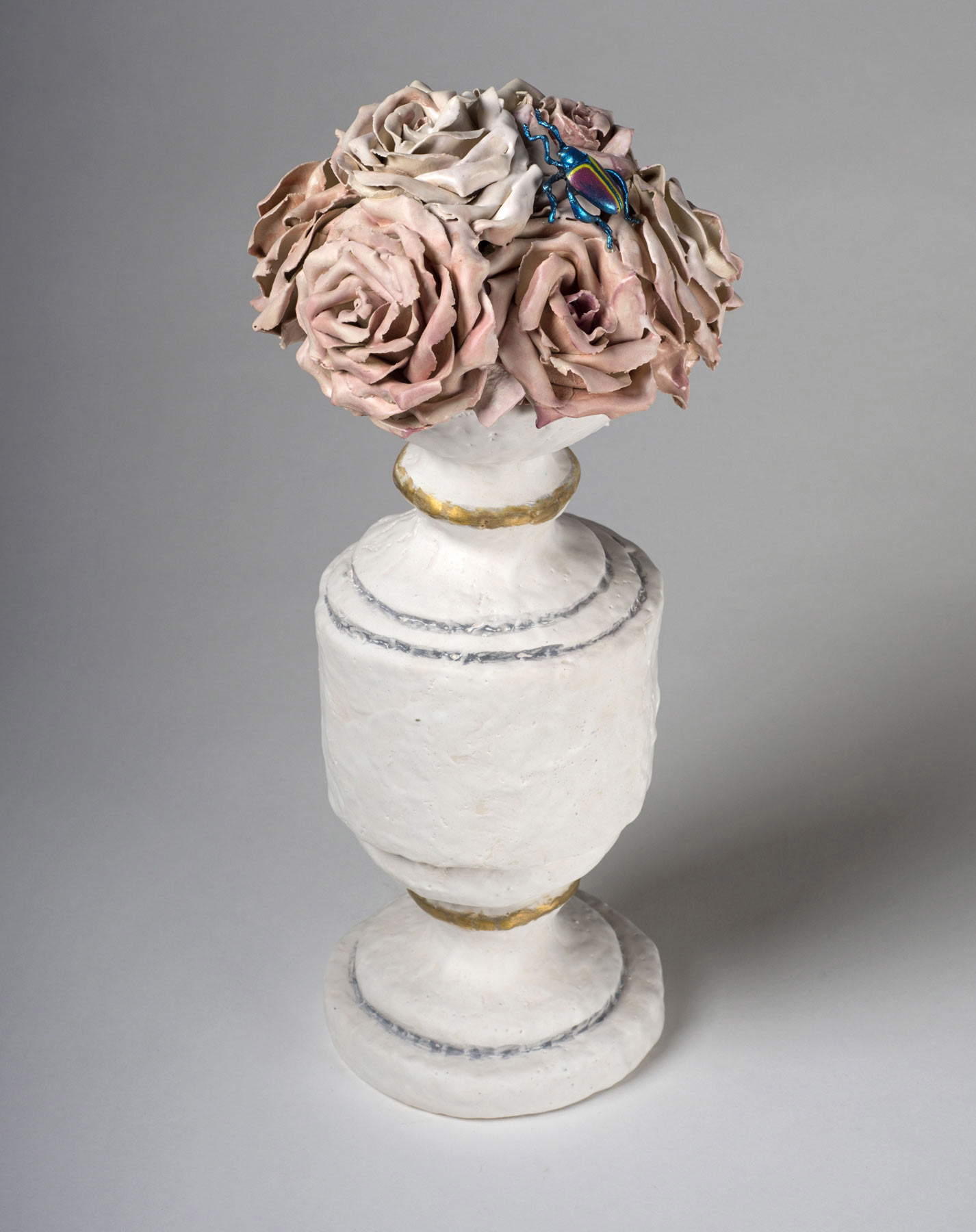
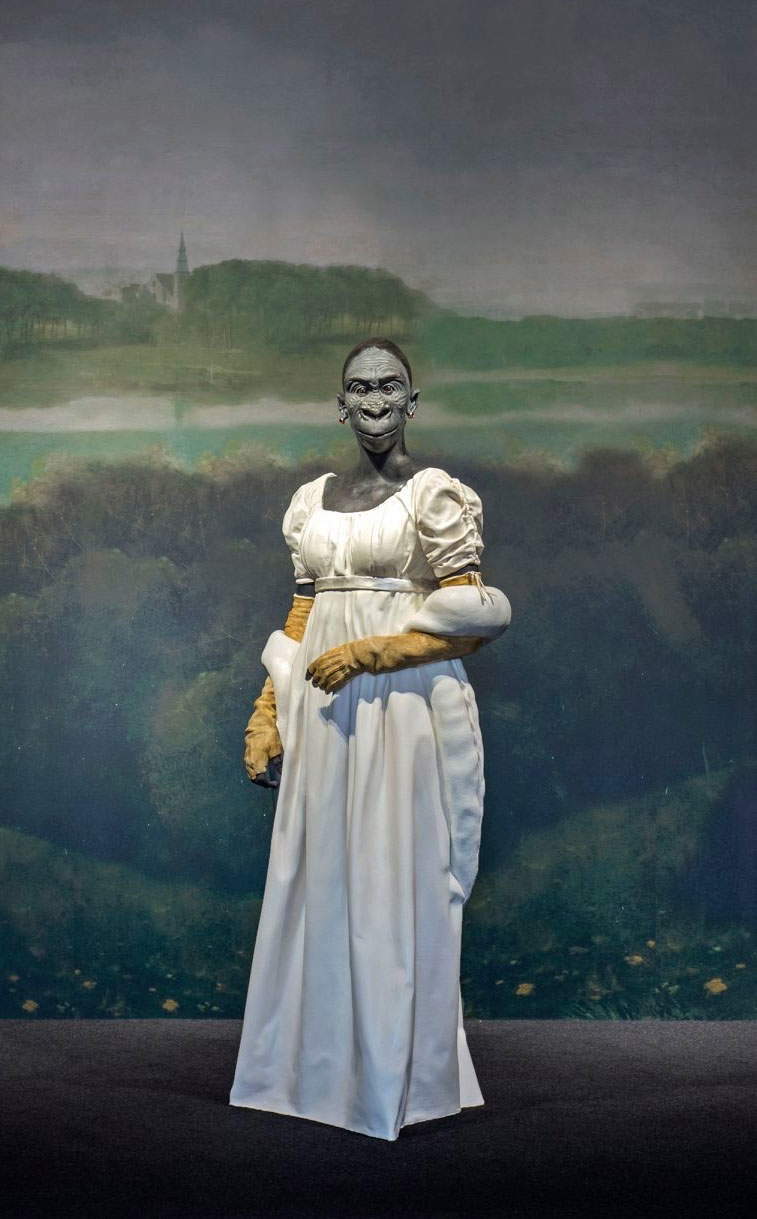
About Bertozzi & Casoni
Giampaolo Bertozzi and Stefano Dal Monte Casoni trained at the State Art Institute for Ceramics in Faenza and the Academy of Fine Arts in Bologna. In the 1980s they collaborated with the Cooperativa Ceramica di Imola as researchers in the Centro Sperimentazioni e Ricerche sulla Ceramica e K (Keramikos). International ceramics magazine. Beginning in the 1990s they gained critical acclaim and exhibited in temples dedicated to art and design, in museums and galleries such as the Milan Triennale.
In recent years they have been featured in exhibitions and projects at Tate Liverpool, the XIV Quadriennale in Rome, Ca’ Pesaro, Sperone Westwater in Lugano and New York, and Robilant+Voena Gallery in London. Solo shows include those at Museum Beelden aan Zee in The Hague, Galleria Cardi in Pietrasanta, Palazzo Te in Mantua, MARCA in Catanzaro, MAMbo, and Museo Morandi in Bologna. In 2009 they participated in the Venice Biennale, Italian Pavilion. In 2017, they opened the Bertozzi & Casoni Museum at the Cavallerizza Ducale in Sassuolo, a permanent space that brings together a selection of the most significant works of their artistic production.
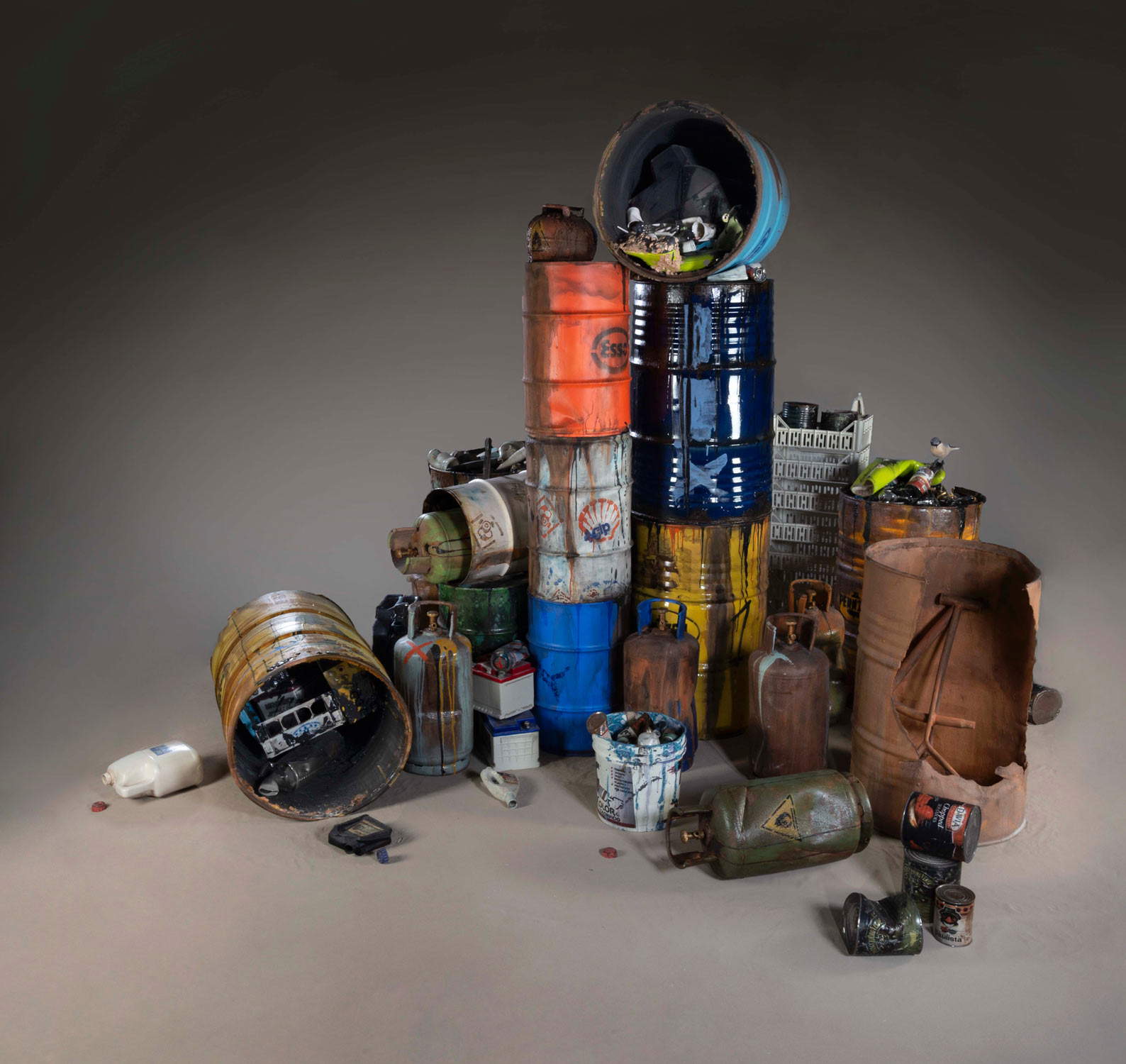
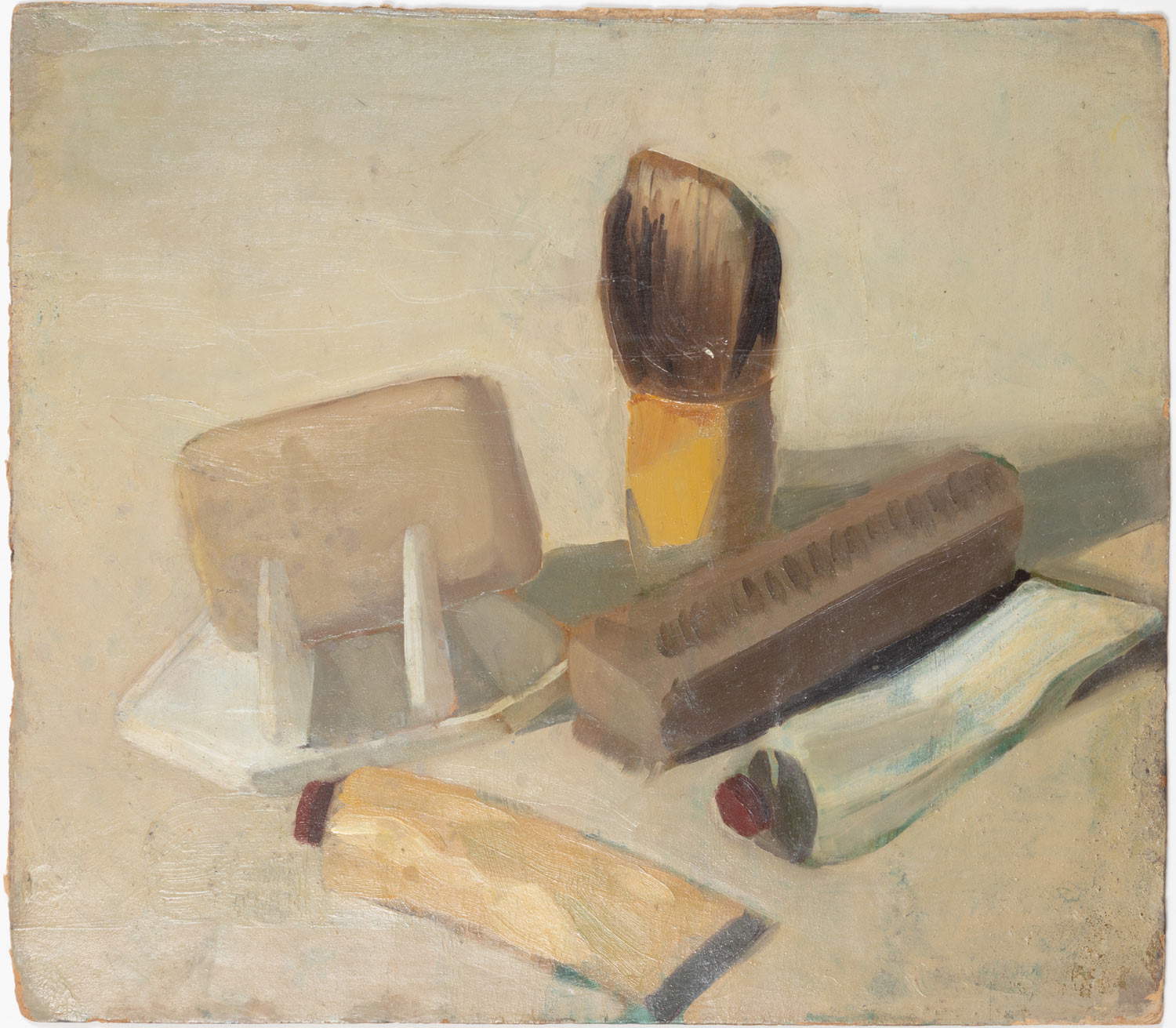
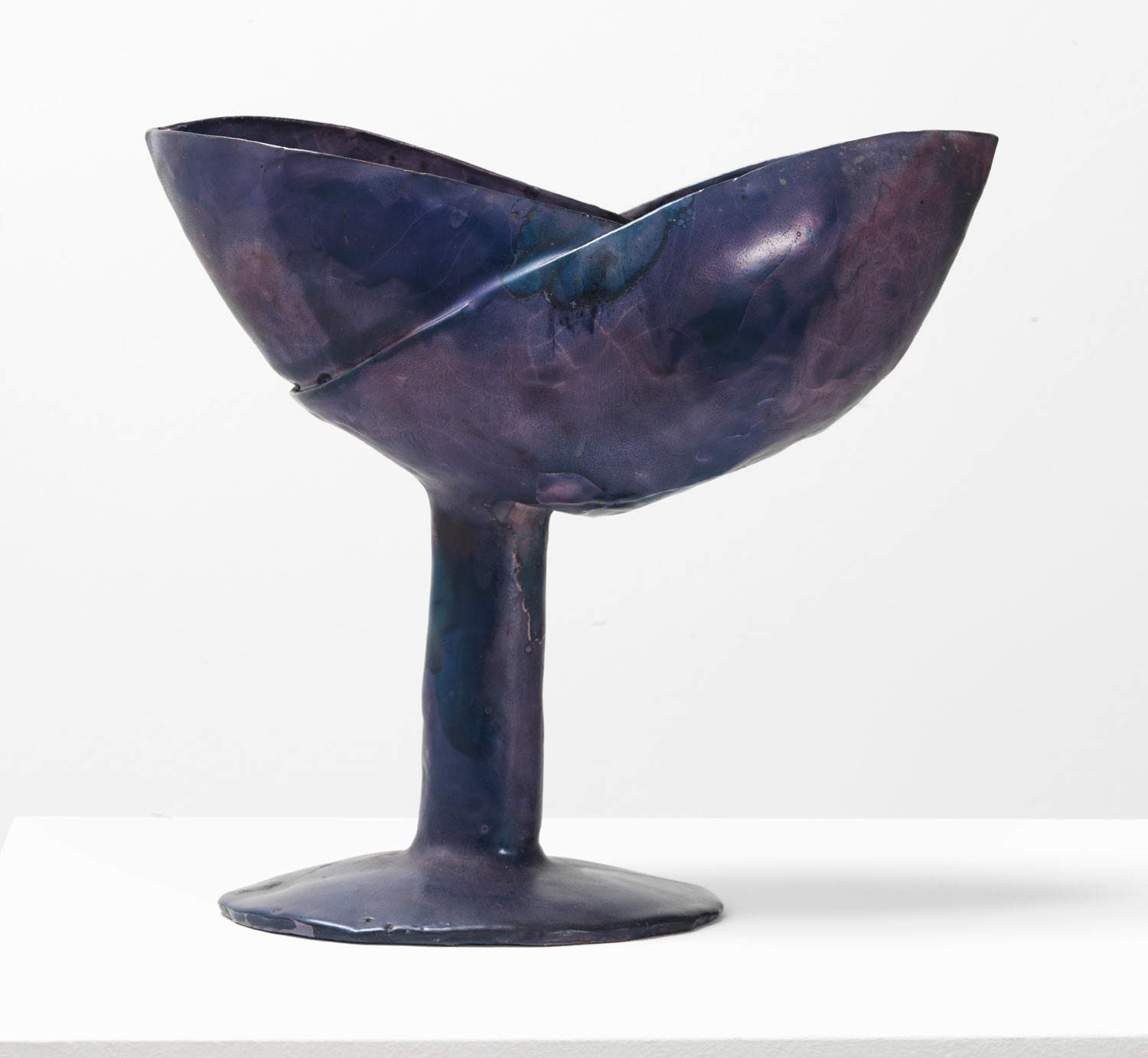
 |
| Trento, at the Galleria Civica the spectacular ceramics of Bertozzi & Casoni in Anthropocene |
Warning: the translation into English of the original Italian article was created using automatic tools. We undertake to review all articles, but we do not guarantee the total absence of inaccuracies in the translation due to the program. You can find the original by clicking on the ITA button. If you find any mistake,please contact us.




























